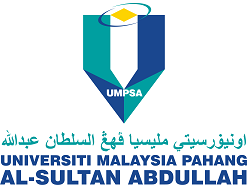Comparison of Total Phenolic Contents and Antioxidant Activities of Centella asiatica Extracts Obtained by Three Extraction Techniques
DOI:
https://doi.org/10.15282/ijets.v6i2.2958Abstract
Through different extraction techniques, the potential of Centella asiatica as a natural source of antioxidant was investigated. The C. asiatica aqueous extracts were obtained via infusion, decoction and ultrasonic-assisted extraction (UAE) techniques. The effects of different extraction techniques were studied on the extraction yield, total phenolic contents and antioxidant activity. The total phenolic contents of the extracts and antioxidant activity were examined using the Folin-Ciocalteu’s reagent and 2,2-diphenyl-1-picrylhydrazyl (DPPH) free radical scavenging activity assay, respectively. Results indicated that the UAE exhibited the highest extraction yield, highest total phenolic contents, as well as highest antioxidant activity. The yield of the extracts increased in the order of infusion < decoction < UAE which were 18.2 %, 23.6% and 25.4 %, respectively. All extraction techniques had a significant effect (p <0.05) on the total phenolic contents and antioxidant activity of C. asiatica extracts. The total phenolic contents was ranged from 3.42 ± 0.030 to 8.32 ± 0.105 mg GAE/g dry extract while the antioxidant activity was in the range of 75 to 86 %. This study confirms that C. asiatica has the potential to be a good resource for the future development of natural antioxidant. In addition, extraction via UAE can be an ideal technique to obtain phytochemical-rich extracts from medicinal plants.


